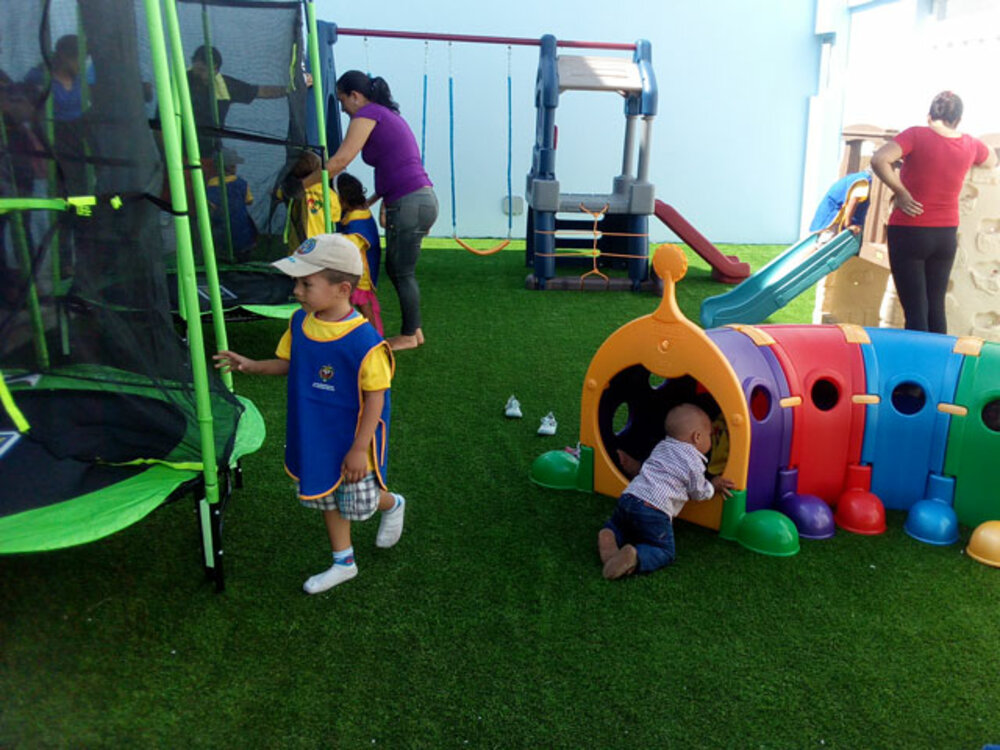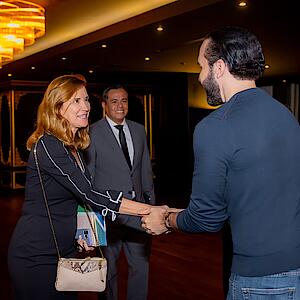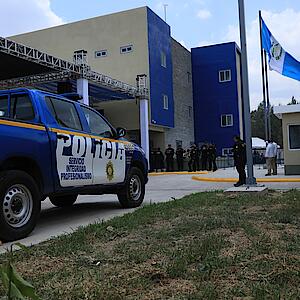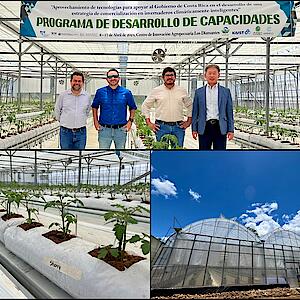Modern child care centers in Honduras

Children will have security, recreation spaces, care and teaching during their stay in these learning centers.
Tegucigalpa, January 17, 2018.- All children have the right to rest, play and have fun in a healthy and happy environment. The capital of Honduras, Tegucigalpa has four community childcare centers built in the zones: Altos de Santa Rosa, Cataluña, Villa Nueva y Nueva Jerusalén and will come into operation next February.
Spain’s Debt Conversion Program to Honduras, which is administered by the Central American Bank for Economic Integration (CABEI), financed with 38 million lempiras the development of this project of childcare centers each of which have the appropriate physical infrastructure and conditioned as well as trained and specialized human resources for the care and integral development of children of three months to four years of age in support of working single mothers with limited economic resources in the Central District.
Child Care Centers
The project consisted in the construction, equipping and connectivity of four nurseries in the zones: Altos Santa Rosa, Cataluña, Villa Nueva y Nueva Jerusalén belonging to the most neglected areas of the Municipality of the Central District, Honduras.
The personnel that will administer and manage the operation thereof were trained. The construction was carried out in a space of 320 square meters that contains kitchen, bathroom, rest room for newborns, games and education room, changing tables for babies and external park with games with their respective furniture and appliances.
For each child care center, more than 60 children will be directly benefited annually, children of single working mothers with scarce economic resources. Also included are mothers who can work as babysitters, eight cooks and parents as security guards; all inhabitants of the benefited areas.
The project will be indirectly beneficiaries the families of the children selected to participate in the project, with approximately 820 family members including single mothers working in the maquila sector, private companies or as microentrepreneurs.






